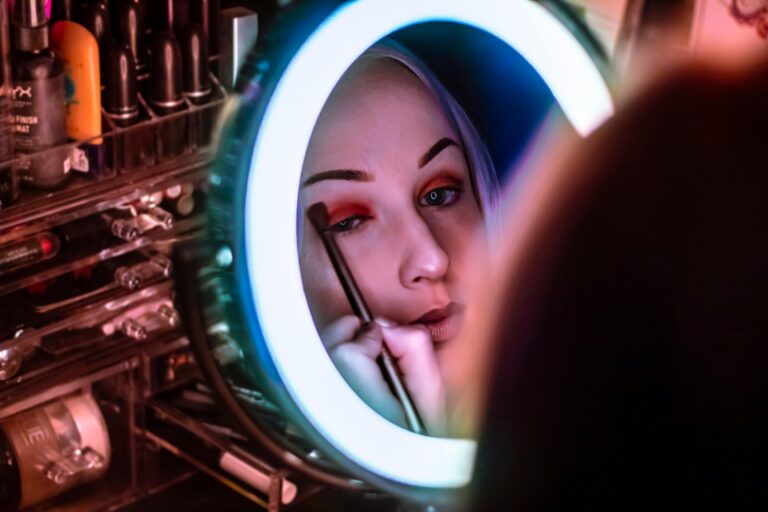
Power of Monochromatic Makeup: Creating Cohesive Looks
Monochromatic makeup is a trend that never goes out of style. By focusing on a single-color family, you can create harmonious and polished looks with minimal effort. Whether…

Monochromatic makeup is a trend that never goes out of style. By focusing on a single-color family, you can create harmonious and polished looks with minimal effort. Whether…
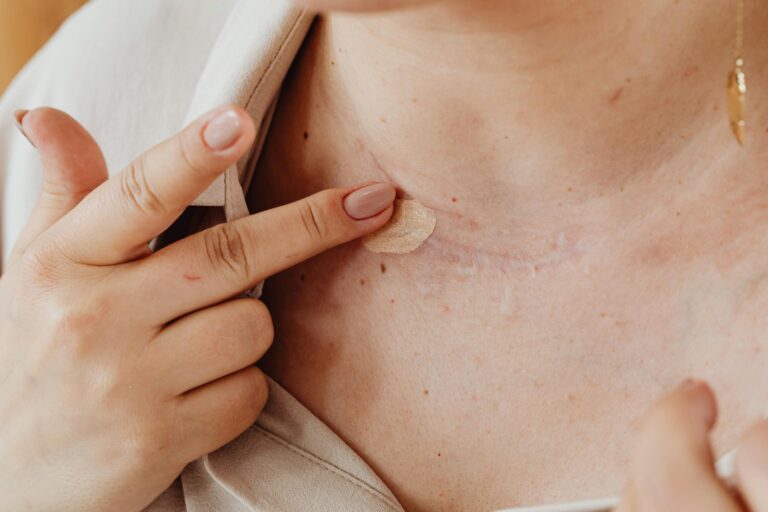
Choosing the right concealer shade can make or break your makeup look. The wrong shade can highlight imperfections instead of hiding them, while the right one can brighten,…
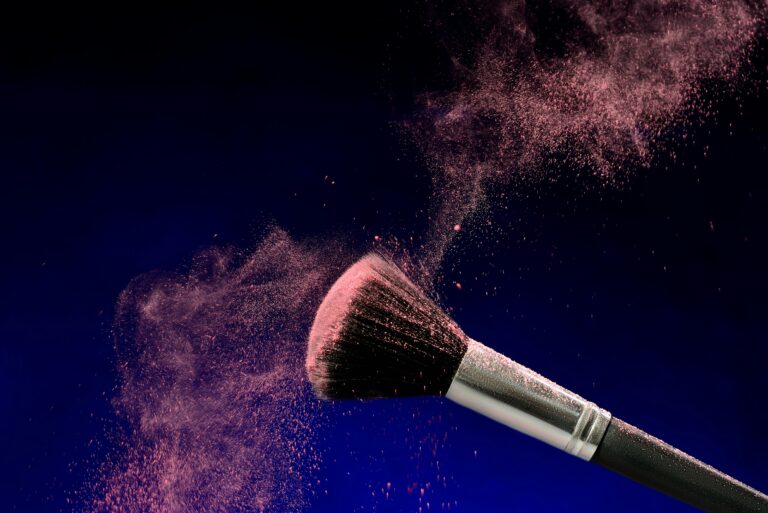
Dirty makeup brushes are a breeding ground for bacteria, leading to skin irritation, breakouts, and uneven makeup application. Regular cleaning is essential, but store-bought brush cleaners can be…

Virtual meetings are now a staple of work and social life, making it essential to look presentable on camera. While the right lighting and a professional outfit are…
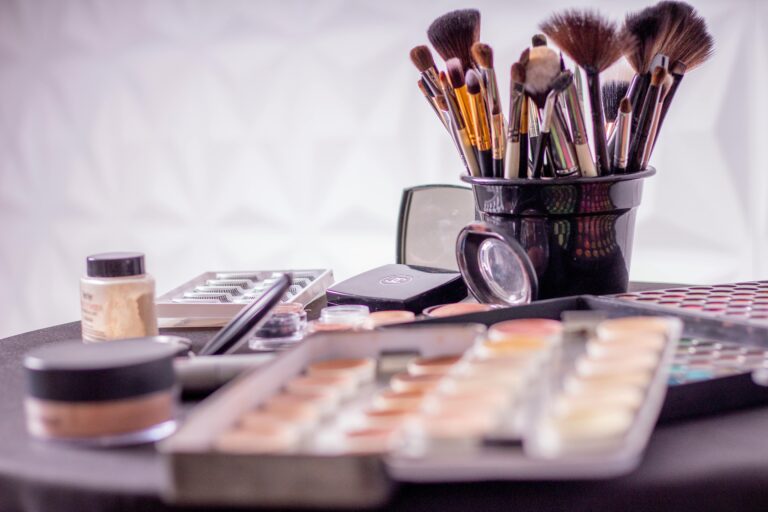
A messy makeup collection can lead to frustration, wasted time, and damaged products. Proper storage and organization not only make your routine smoother but also ensure the longevity…
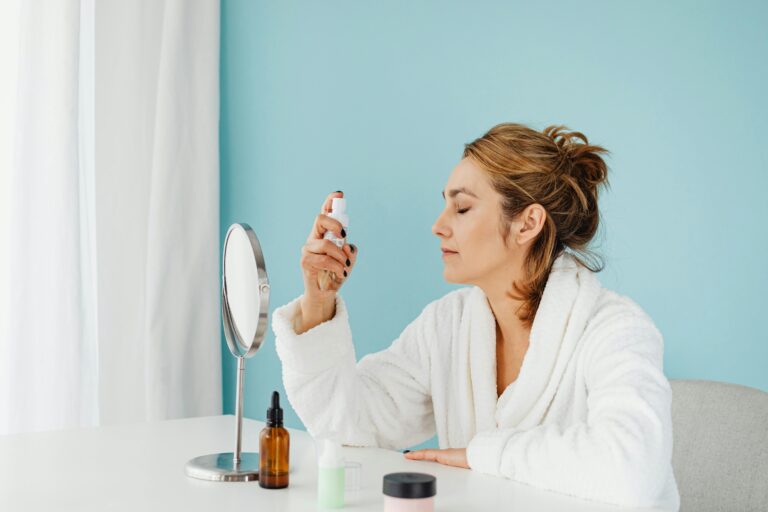
Setting powders is essential to any makeup routine, helping to keep everything in place throughout the day. While store-bought setting powders can be expensive, making your own at…
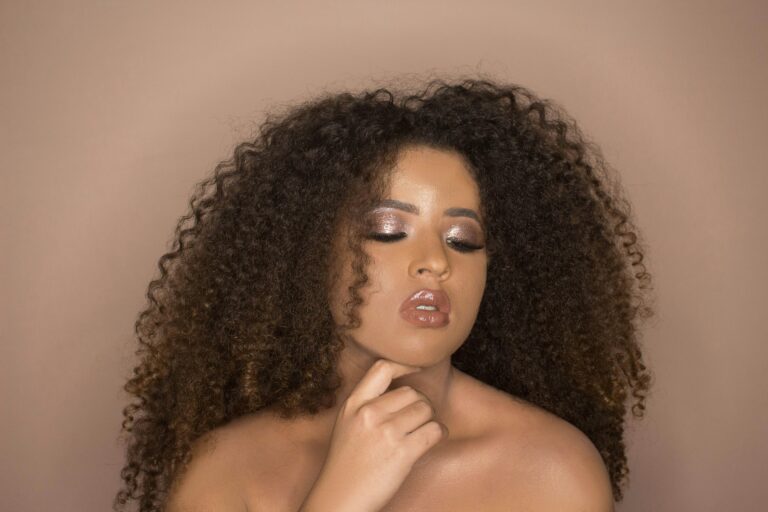
Hooded eyes can sometimes feel tricky to work with when it comes to makeup, but with the right techniques, you can enhance your eyes beautifully. The key is…
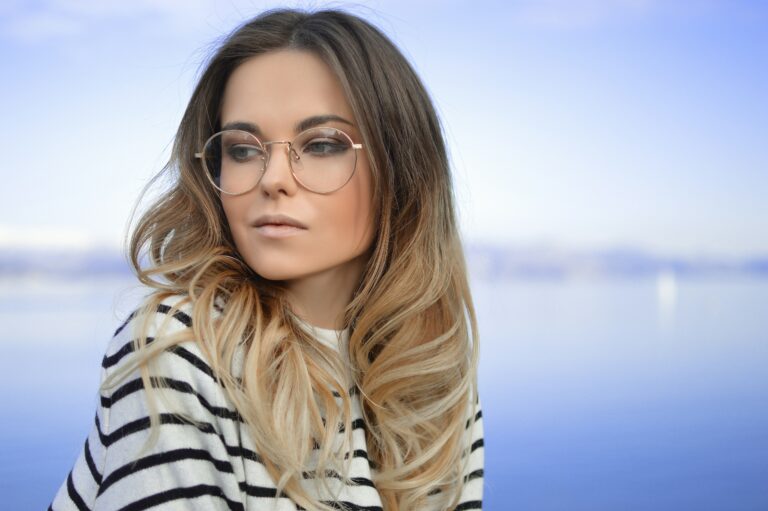
A flawless “no-makeup” makeup look is all about enhancing your natural beauty with subtle touches. This minimalist style focuses on creating a fresh, glowing appearance without the heaviness…
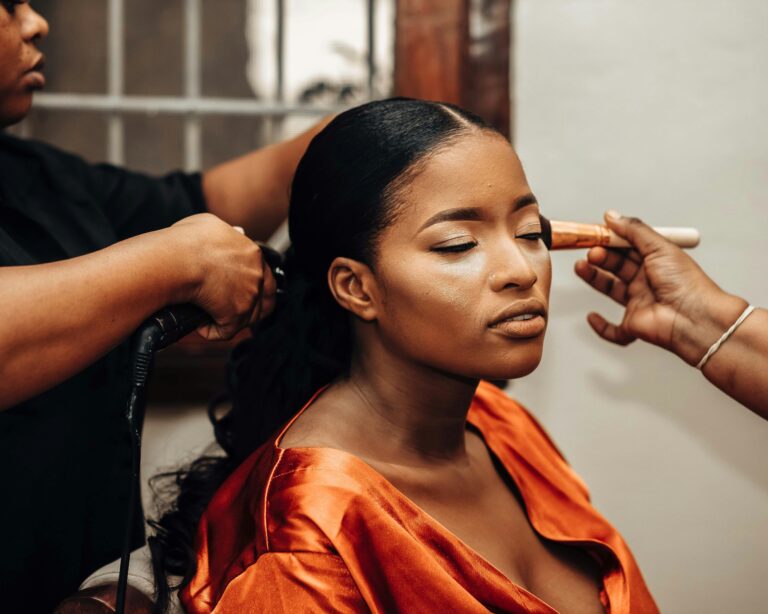
Special events like weddings, galas, and photoshoots are occasions where looking your best is essential. While you may be capable of applying makeup for everyday wear, professional makeup…
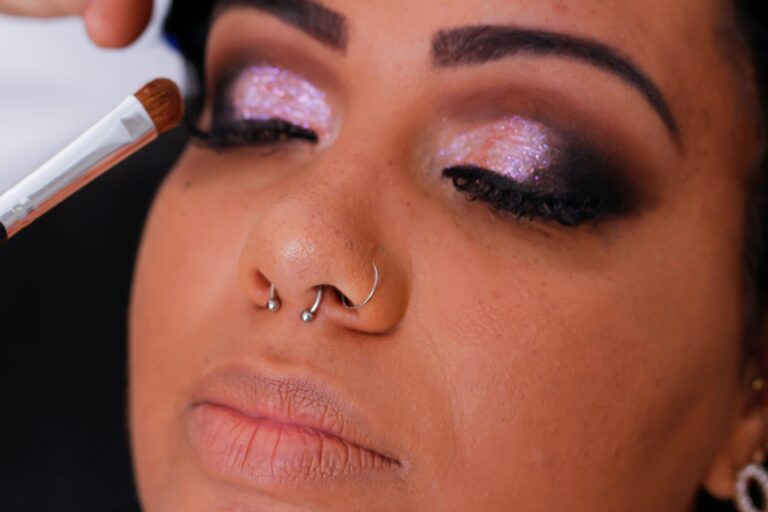
Sensitive eyes can make eye makeup feel like a challenge. Irritation is a common issue for those with delicate eyes, from redness to itching. However, with the right…
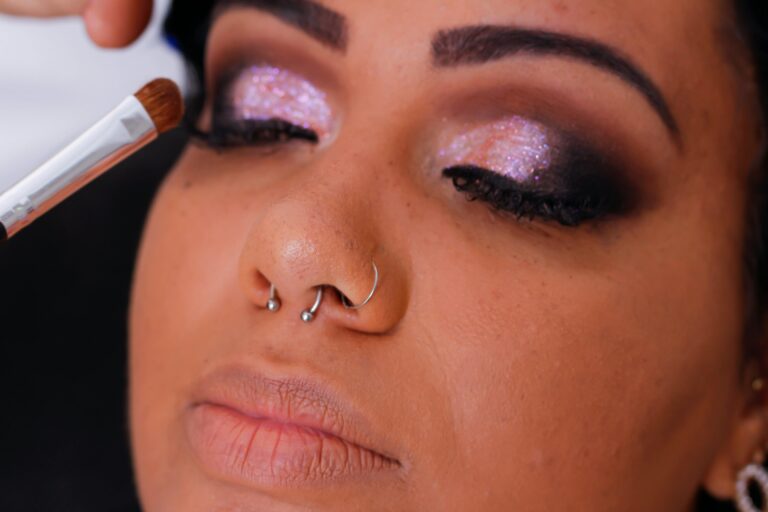
Transforming your makeup from a fresh daytime look to a glamorous evening style can be a breeze with the right techniques. Whether you’re heading to the office or…
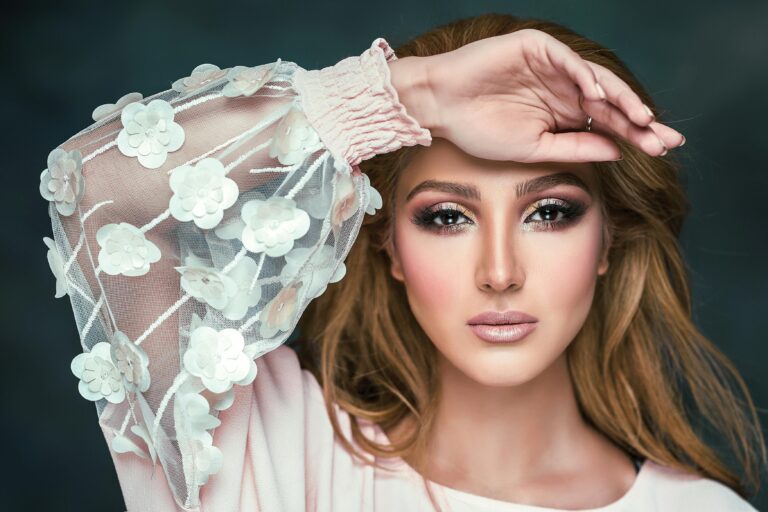
Makeup is more than just a tool for enhancing features; it’s a powerful way to express individuality. As seasons change, so do makeup trends, offering new colors, textures,…
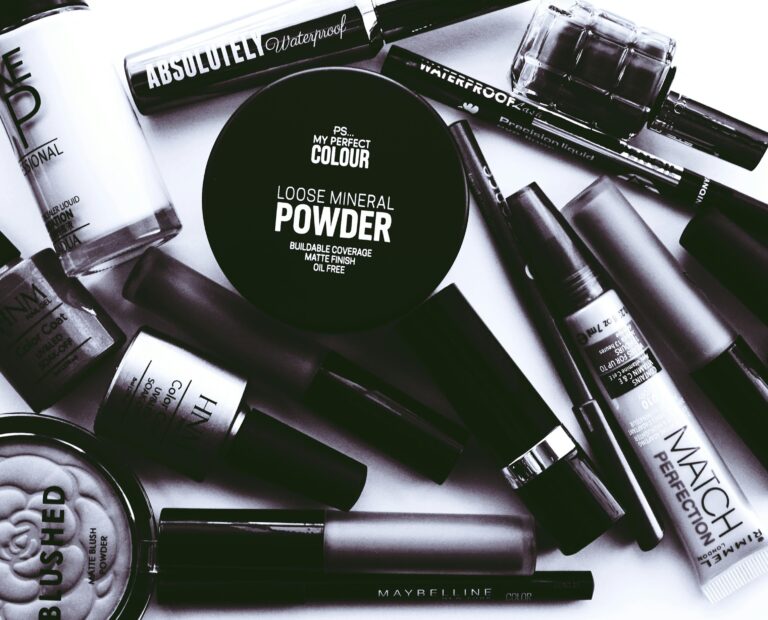
Busy schedules often leave little room for extended beauty routines, but looking polished is still a priority. Multi-functional makeup products offer a solution, helping you achieve a flawless…
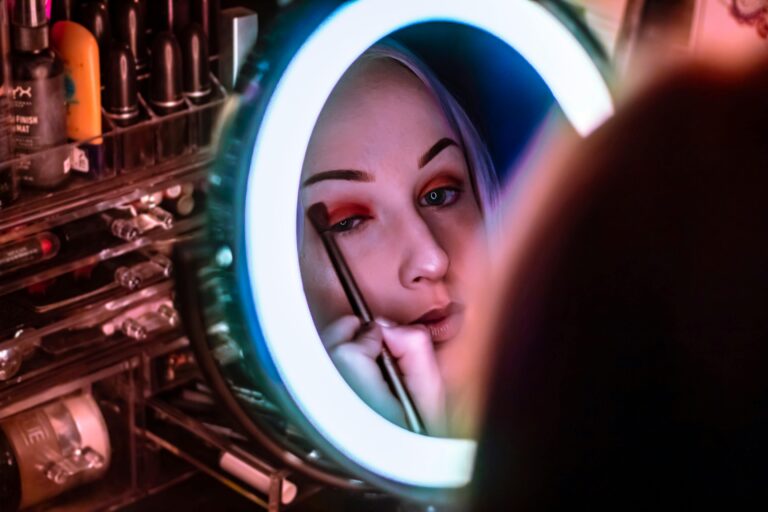
A flawless makeup look starts with the right tools. While makeup products play a significant role, the application process is equally important, and this is where makeup brushes…
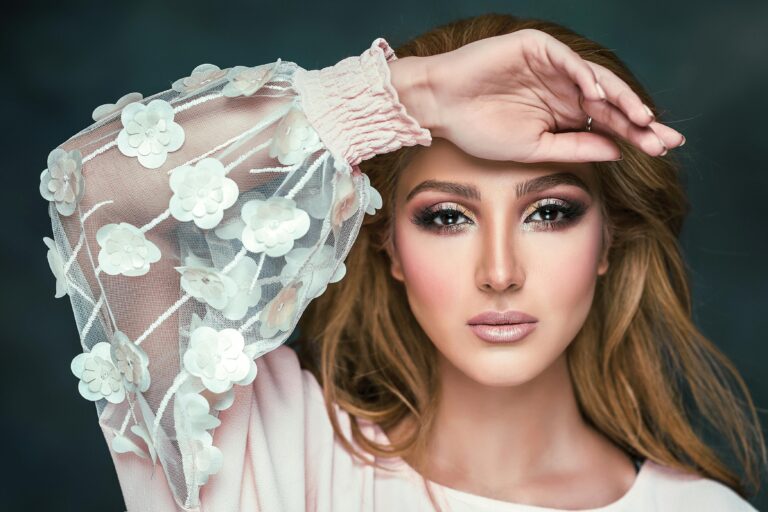
Nature-inspired makeup has taken the beauty world by storm, emphasizing simplicity, natural colors, and organic elements. Earthy tones and botanical vibes allow makeup lovers to achieve a fresh,…
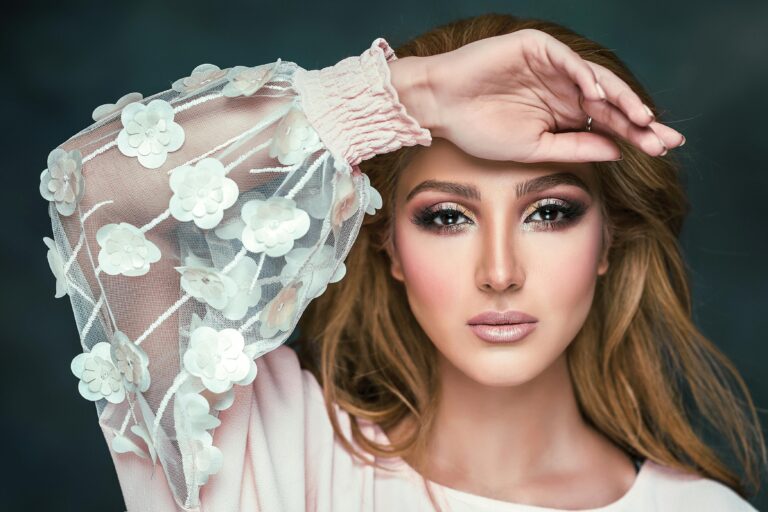
Dealing with skin concerns like redness, dark circles, or hyperpigmentation can make achieving a smooth complexion challenging. This is where color-correcting makeup comes in. Instead of layering on…
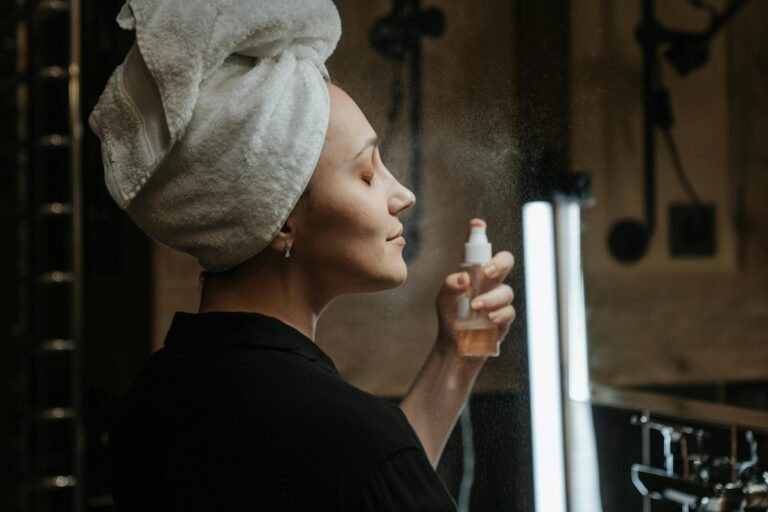
Finding the perfect makeup setting spray that’s both effective and gentle on the skin can be challenging. Many store-bought options contain chemicals that may irritate sensitive skin, and…
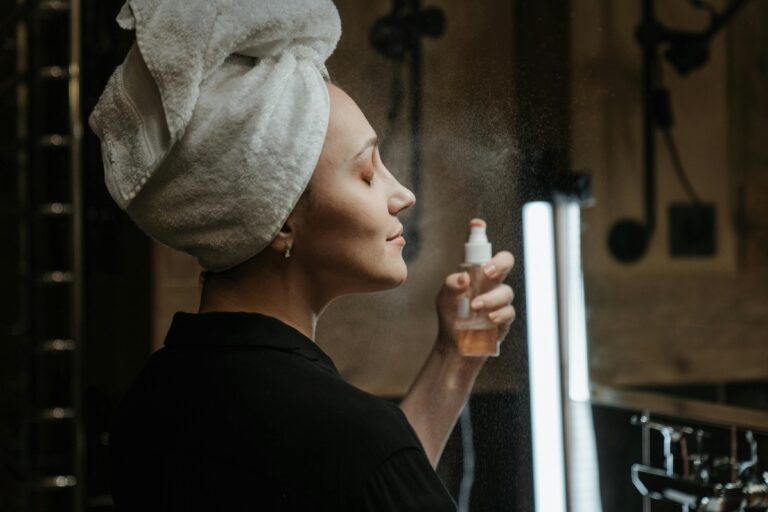
A flawless makeup look always starts with the right base. Whether you’re going for a full glam look or a natural finish, the key is to prep and…
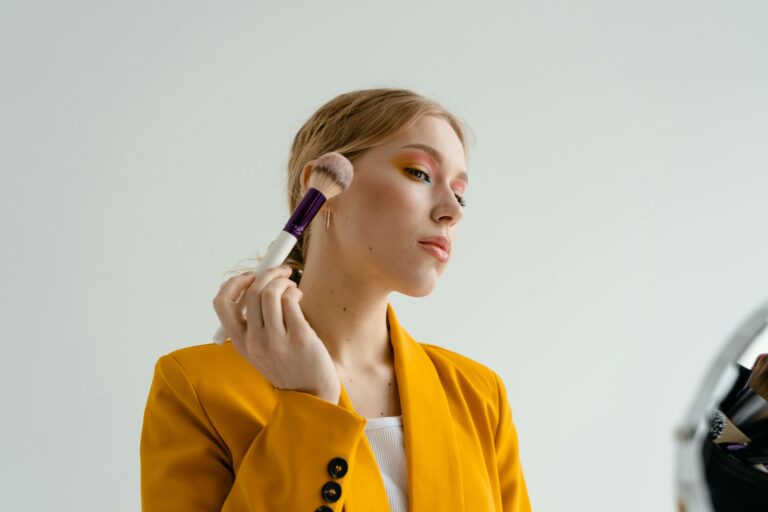
Achieving a well-defined and sculpted look has become a beauty trend that many swear by. The secret behind this transformation? Contouring and highlighting. These makeup techniques allow you…
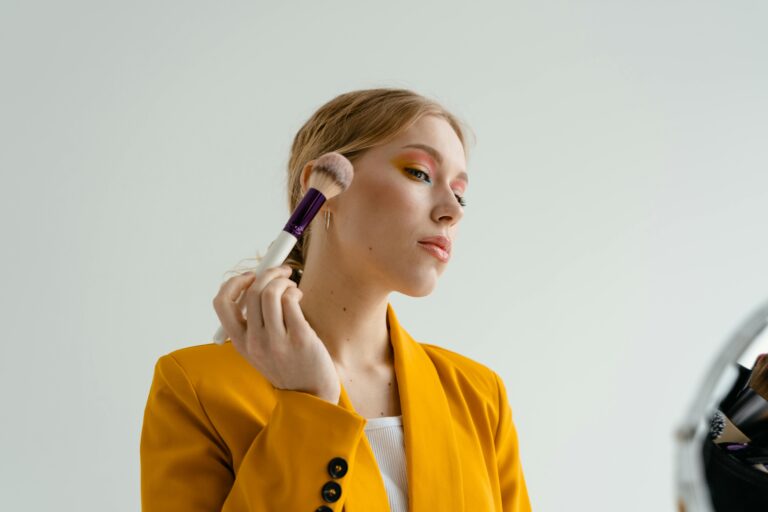
Achieving a flawless complexion can be challenging, especially when dealing with uneven skin tone, redness, or dark spots. This is where color-correcting makeup comes in. Color correction involves…
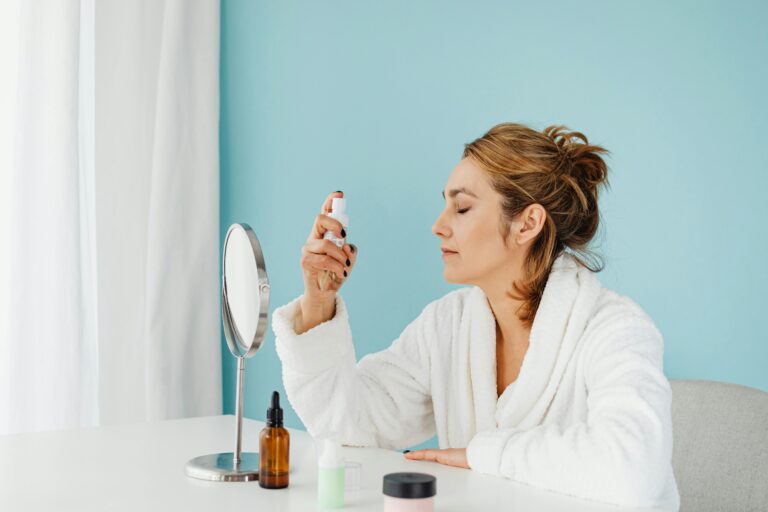
Finding the perfect makeup setting spray can be challenging, especially if you prefer natural ingredients. Many store-bought sprays contain chemicals that can irritate the skin or clog pores.…